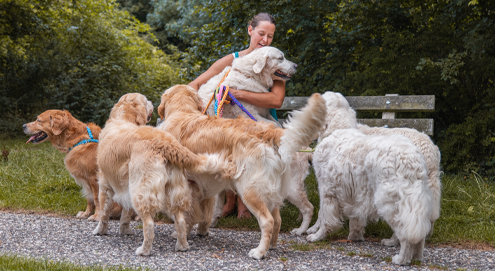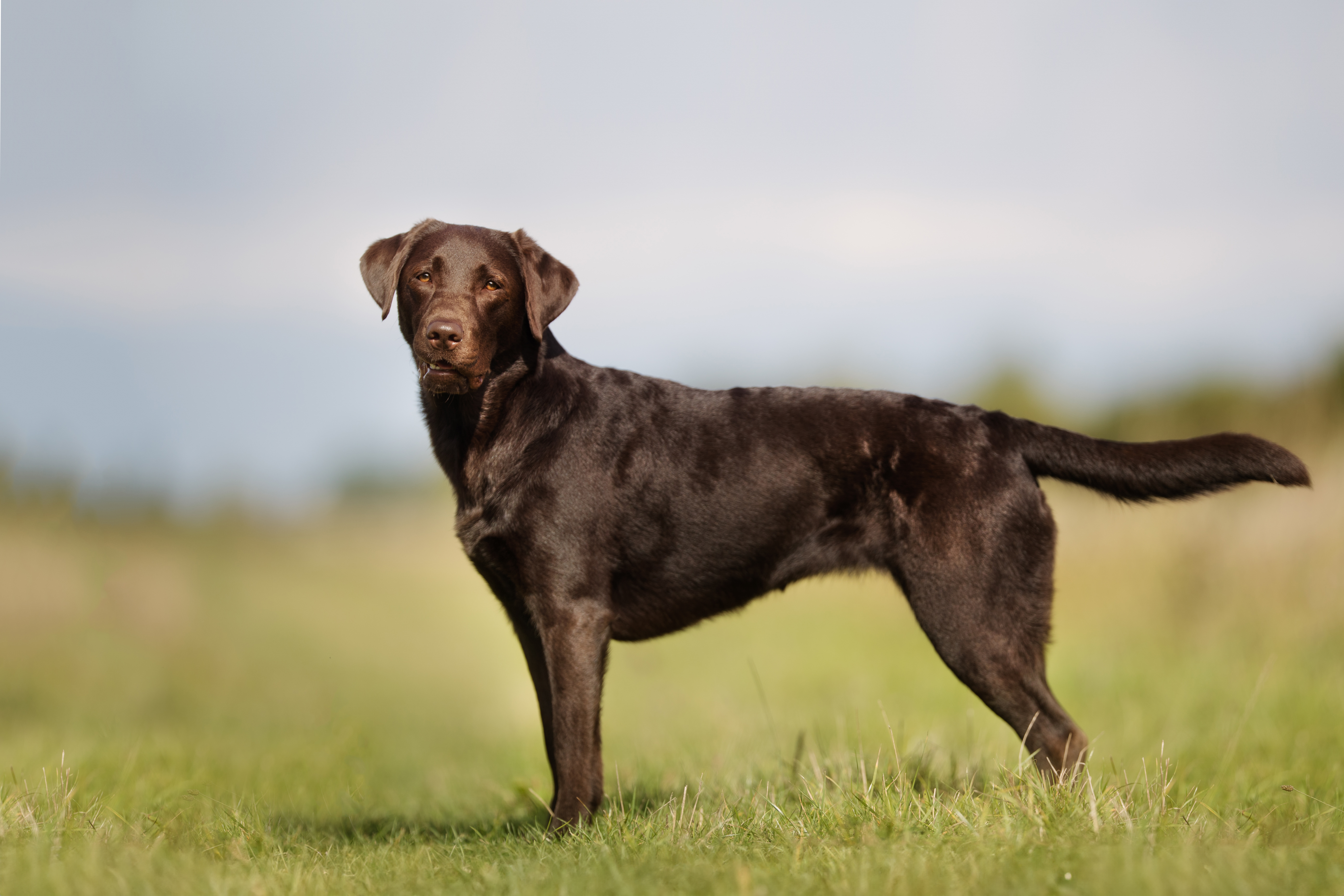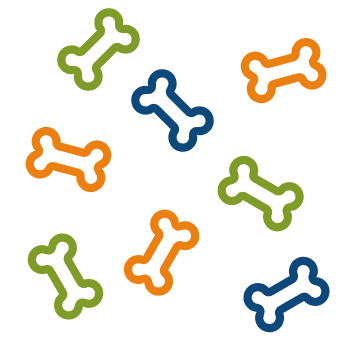Characteristics
Country of origin:
France
Also known as:
Berger de Brie, Chien de Berger Français de Plaine
Body build:
Fairly muscular and robust, with strong legs, a broad chest, and a slight slope in the back. The head is fairly round, with a strong and broad muzzle.
Colours and coat types:
Black, red, wheat-colored, or grey (often with a mask). Long, coarse, dense double coat.
Weight:
25 – 40 kg
Height:
56 – 69 cm
Life Expectancy:
Average of 10 to 12 years
Health risks:
Hip dysplasia, dystocia, eye conditions, and gastric dilatation-volvulus (bloat)
Kennel Club Breed Standards:
Pastoral
Suitable for:
Active, experienced, and consistent owners







